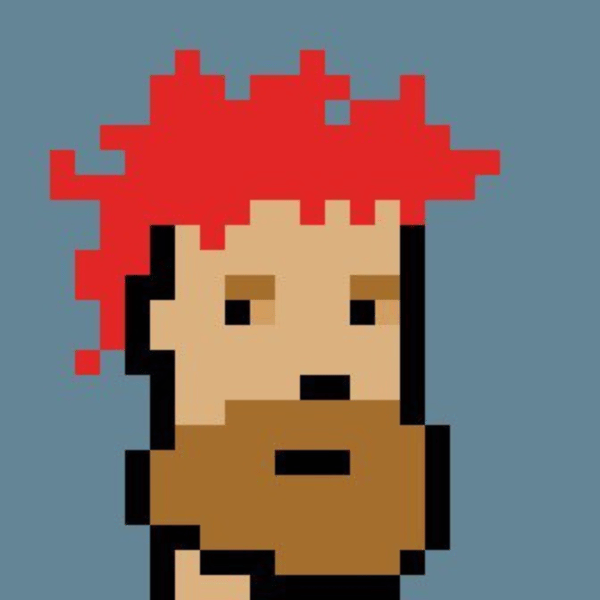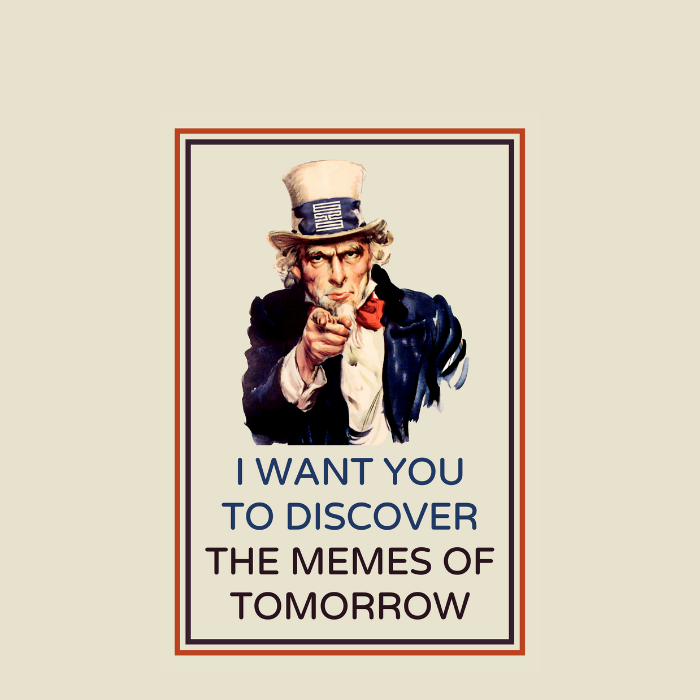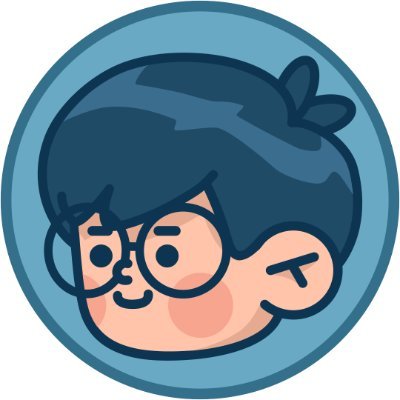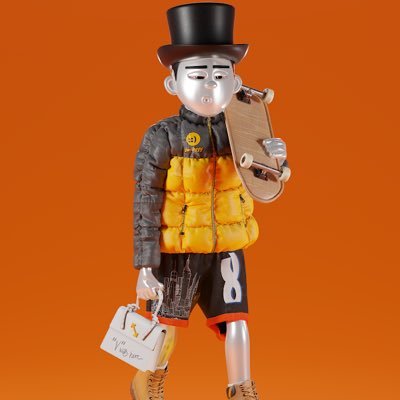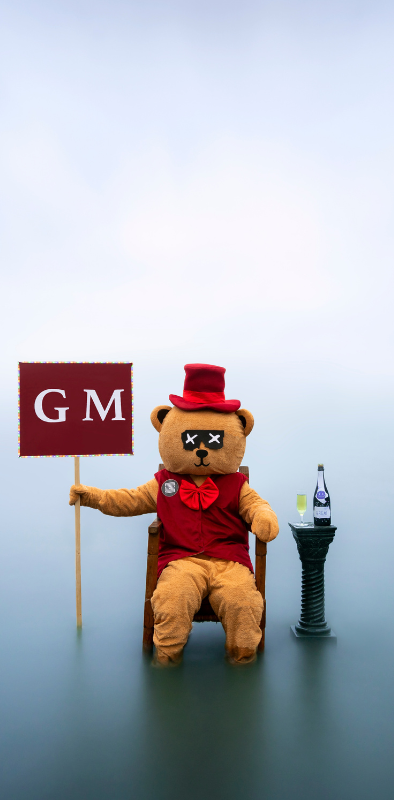Meet NFT collector Barthazian
Barthazian is a proclaimed NFT Degen expert BAG holder Pasta tweeter extraordinaire. He bought his first ETH NFT in 2019 which pulled him into the deep rabbit hole of NFTs. Today his collection spans over 8,600 NFTs only on the Ethereum blockchain. Barthazian gravitates towards pfps and generative art and is excited about the future of user-trained AI.
Could you tell us about your story and how you got introduced to the NFT space?
So, my story – like most people in the last cycle I got in during the ICO-craze. We all saw all these mind-blowing and world changing projects raising and you're like ohh I actually get an opportunity to invest in that at the ground stage.
So I was getting into a bunch of ICOs. Turns out most of them were scams and you learned that later on. But anyways, that was my first foray into the crypto space. But along the way when I spent a couple of months in the space getting varying outcome from engaging with different communities, but stayed active in Telegram groups and similar, going around, starting to figure things out.
Learn more on the tech side, learn more on the consensus and game theory side. Along the way, I was in a group where someone recommended a game called FishChain which was on the smart contract platform NEO. I think FishChain and a few others were basically half ponzi, half NFT breeding kind of game, so it's kind of like CryptoKitties. You have fish you can breed them which gives them new randomized genes and then you can put it in a fishbowl to receive some coins. So, it felt semi-ponzi, semi NFT kind of game. That was my first foray in the NFT space I'd say.
I’m not sure you could call that an NFT but it was definitely designed like an NFT based game, like you use in CryptoKitties and stuff like that. And then I started researching about games, play-to-earn and stuff like that, and that's when I bought my first ETH NFT.
I got in to ICOs around March 2018, and in December 2018 I found FishChain and then in March 2019 I bought my first ETH NFT which was a gaming NFT. The game didn’t mint on Ethereum, it minted on its own side chain while you could sell it on Ethereum.
From there it kind of expanded into so many different avenues. At first it was just gaming NFTs and I was just playing different kinds of games, most of them throughout 2019 and I only diverged from games into other categories like art and generative art around the start of 2020.
What inspired you to start collecting NFTs?
Well, like I said, my first NFTs were gaming NFTs. So, the idea of NFTs for games clicked for me due to the utility among other things.But I didn’t fully understand the broad picture back then. I didn’t understand why someone would buy a picture on the Internet, to actually pay money for that when you can just right click save it. So, I was part of the right click save crowd back then.
I got NFTs because gaming NFTs had utility and I was an avid gamer so it really clicked for me in that sense. But I never really collected NFTs as an avid collector back then. I bought NFTs to use them inside games, and then depending on market conditions, if the priced increased I would sell them.
I really started collecting NFTs a year after buying my first ETH NFT. My first NFT mint was a ChainFaces, created by Nate Alex. Even though I was not actually collecting them as I mainly thought I would mint them when I noticed Pranksy minted them, and he tends to have a lot of acumen for the market, so I figured why not mint some and see. Then I got one of my best flips at that point in time and was immediately hooked.
Soon thereafter I got hooked on the idea of generative art. You click on something and then you get this beautiful piece of art (not always, but they can be very beautiful) and it's totally randomized. You as a collector played a part in the creation process. You are part of it, just like the creator is. And the entire idea of that was pretty attractive to me.
From there I started to diverge into more NFT categories and projects. I collected Avastars for a while and then started going into NFT art where I bought some on SuperRare from select artists. So, at heart I'm more of a trader/investor but there is also a side of me that collects something just because I enjoy the piece.
What was the first NFT you collected?
I would say the first NFT I actually collected (without trading in mind) was a piece by Silvio Vieira on SuperRare, The Forge. He creates spiritual psychedelic art and that's something that really resonates with me. Everything else back then I kind of bought with the idea of utility or flipping in mind.
Which is your favorite piece in your NFT collection?
My favorite piece is one of the most difficult questions to answer because I genuinely can't say as I love them all for different reasons. However, one of my all-time favorites is Josies’ Hal. Josie generally makes a lot of art that's 2D, at least more 2D than 3D. Hal tells the story of Hal Finney who was very important for the space back in the early days of Bitcoin. That’s a piece I really love, and the fact that she spent a lot of time getting to know Hal Finney’s family before she actually created it.
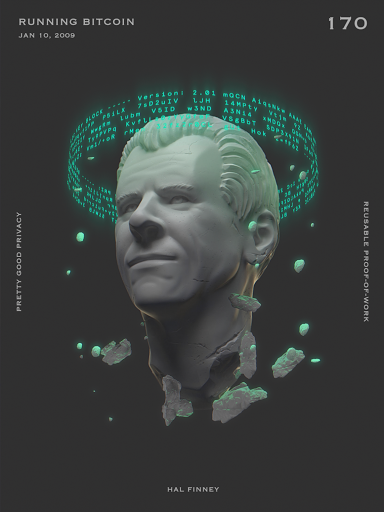
What are the things you consider first before buying an NFT? Do you look at any specific metrics or signals?
Well, this requires answering from different angles.
If it’s for financial reasons the thing you'd look for is supply, current price, what kind of project it is and what you can expect from it. So, if it's art you wouldn't give it a market capitalization that you expected it to reach as art is more open ended without any ceiling. So, for art NFTs I’d say three considerations; you'd check the holder base, if you find the visual aesthetics pleasing, and the supply.
1/1 art is a whole different game. I've never actually made much money 1/1 art, so I just go and I buy them because I like the art. That's it. If it goes up in value due to the artist becoming popular, well good. If not, it's something that I bought because I like.
Then you've got Metaverse land, which follows similar principles to pfps and brands. Then I check the supply, holder base and holder ratios, what narrative have been built around it and what kind of ideation they're aiming to build through their brand.
Is there any NFT category (pfps, music, photography, 1/1 art, generative art etc.) that you normally gravitate towards and why?
I generally gravitate towards generative art and pfps.
I focus on pfps and generative art because I understand these categories better. Generative art just click for me and I have been hooked on it since I minted ChainFaces. Although, personally I don’t like buying generative art on the secondary market. I like minting the art pieces myself, becoming a part of the creation process.
Photography NFTs is actually something I stay away from. For some reason I just don’t like collecting photography NFTs and I don’t actually have a good reason for it but it's just not something I lean towards.
What kind of advice would you give someone who is just starting out as an NFT collector?
A lot of the time we tend to conflate NFT collectors to NFT traders, so advice for both of them would be vastly different. For this I'll assume it's going to be a collector, so someone who has capital and wants to create a collection for the long-term.
I personally would tell someone to start out with generative. Generative art dates way back prior to blockchains existing, but previously there wasn’t a medium for generative to be handled in its most optimal way and there was no way to ensure provenance. Today we have generative art that is generated as you mint it, you can easily verify provenance and it all occurs on-chain. You have something that's just perfectly built to be an artwork in the blockchain ecosystem. As a collector, I would definitely recommend anyone to check out generative art.
There are of course a bunch of generative art collections, not just what you find on the most famous one, Art Blocks. You've got a lot of side auxiliary ones, you've got individual artists creating. Takens Theorem is one of my favorite generative art creators. He's a data analyst and was initially in the space analyzing a lot of things, putting out videos, which was really cool when the space was much smaller.

Now he creates his own small projects which are kind of hackathons where he is hacking around, playing around. But his artworks are really cool and all of them are on-chain. So, generative art and artwork that are built for the blockchain, can’t really exist without the blockchain – those are the ones I'd say you as a collector should be looking at first.
What do you think is the most important thing for NFT collectors to keep in mind?
Many times people tend to see something trending on OpenSea and at first sight like the piece. Then people do some very basic DD; clicking on it and finds it looks OK – then buy it.
There has been a lot of cases and will continue to be a lot of cases where there is some form of infringement on NFTs you see trending from time to time. In generative art we have seen infringements on the code, if it's 1/1 art or the other kinds of art we have seen situations where a creator’s artistic style basically has been copied, ideated and sold. Some of these people “stealing” actually gain a lot of traction so other people think it's genuine and its non-plagiarized work when buying, that's something to look out for.
All of us will screw up from time to time where most of us probably will buy into it. But it's always good to do a certain amount of DD; look into the artist, their background, the art being generated, to check whether there's any risk of infringement. That's something to definitely keep in mind as a collector.
What do you think are the most exciting opportunities within the NFT space over the coming 5 years?
I look forward to two things, mainly. One is what you call 3D multimedia content. We talk a lot about the Metaverse and virtual worlds, but we are not there yet. However, I believe over the next 2-5 years, the tech will advance to a point where we can have more high fidelity virtual worlds with more concurrent users. As that develops, you can't just have a bunch of virtual worlds with emptiness. If you go to Decentraland, Voxels, Somnium Space today it is empty. Obviously its userbase driven, but even if you're a small world with a small userbase, you need the worlds to be filled with content.
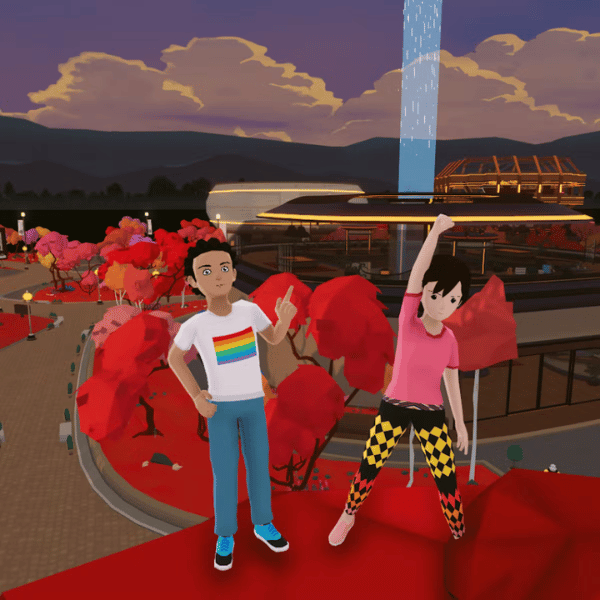
So, I'm really looking forward towards multimedia 3D asset based content that will come into the virtual world. You can't have all these virtual worlds without filling them with content. So that's one very exciting area I see opportunity in. People don't see it right now because we are still largely in 2D. Yes, there's some 3D NFTs here and there, but it’s mainly displayed in a 2D format. So once the virtual worlds, the end user, and the backend are improved over time we'll start to see that all these 3D and multimedia was always base content. It will be interesting to track these kinds of NFTs over the coming years.
I'm also excited about AI in general. But not visual AI like Midjourney or DALL·E, rather the user trained AI side of it. Like I previously mentioned, there'll be a bunch of multimedia assets in virtual worlds, but you can't expect to always be there. User trained AI models and projects that train AI’s and then you can personalise it based on your own training to act on behalf of your avatars and your NFT collections in the virtual worlds. That's a very unique niche scenario which I'm really excited about and looking forward to.
As a collector, is there something you feel is missing in the current NFT space?
As a collector I don't really think there's anything missing. I believe we are where we are supposed to be, and we are iterating as we go, as we continue building. I do believe there's a lack of education on the user side. The majority of the users care less about what's going on under the hood and what's going to happen in NFT projects.
Sure, they ask for a roadmap and all that stuff, but there's…let's say a lack of an alignment to the vision that most teams or artists have and the actual value-add. It's mostly extractive from the user side. But I don't think that's something that’s missing. It's just something that exists in the NFT space because it's currently a very financialized nature.
What’s the best piece of advice you have been given?
Always have fun.
If you're in the NFT space and you're not having fun, you're going to get burnt out. You're going to make terrible decisions. You might lose it all and then it's going to be one of the worst periods of your life. If you aren't having fun and if you don't have your own system, your crew, a crew where you chat, explore and learn every day, this space will eat you alive.

